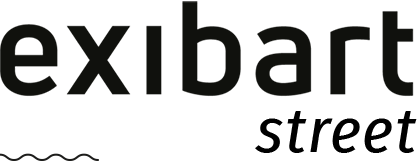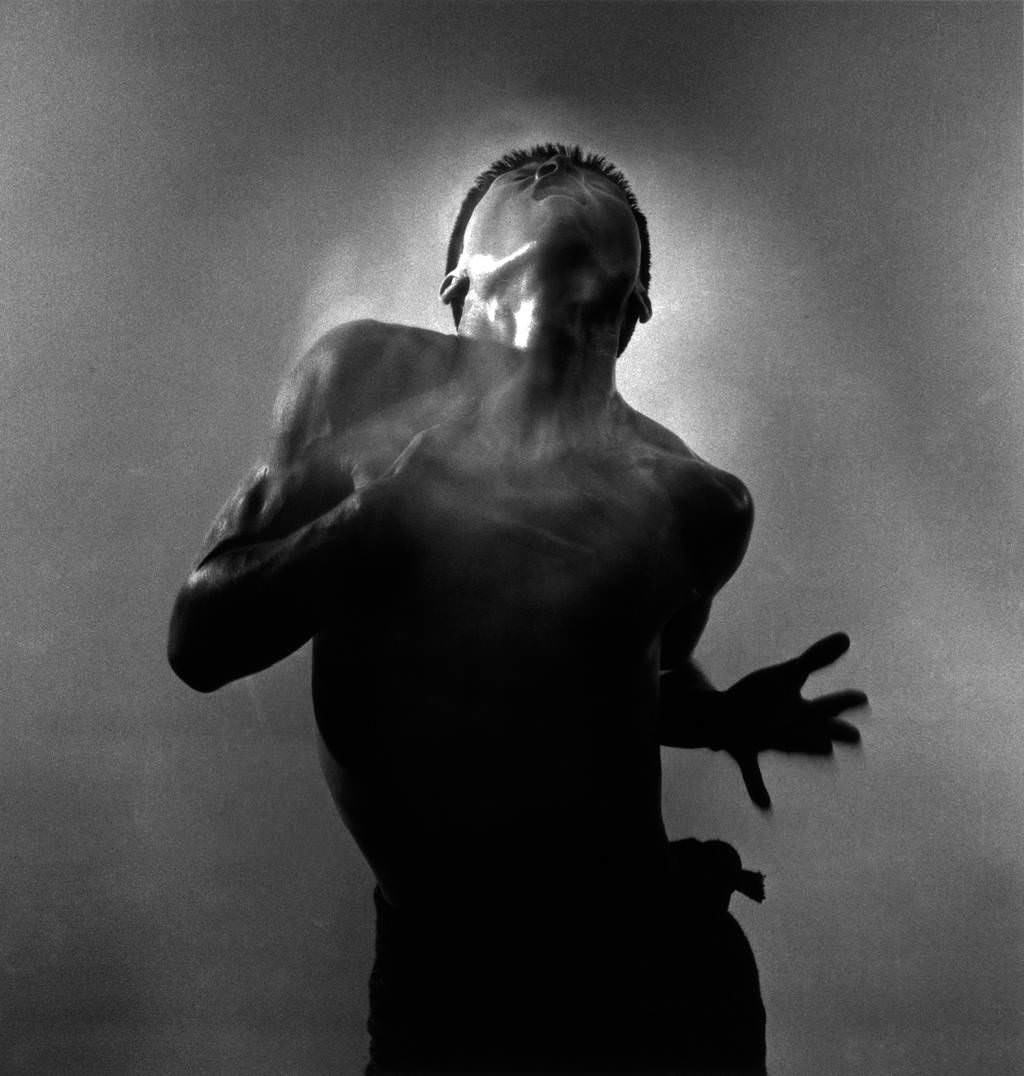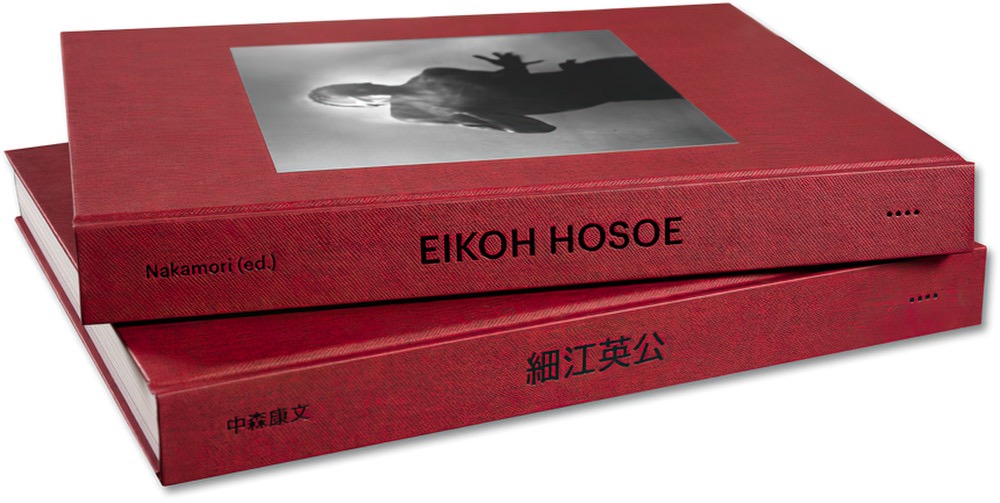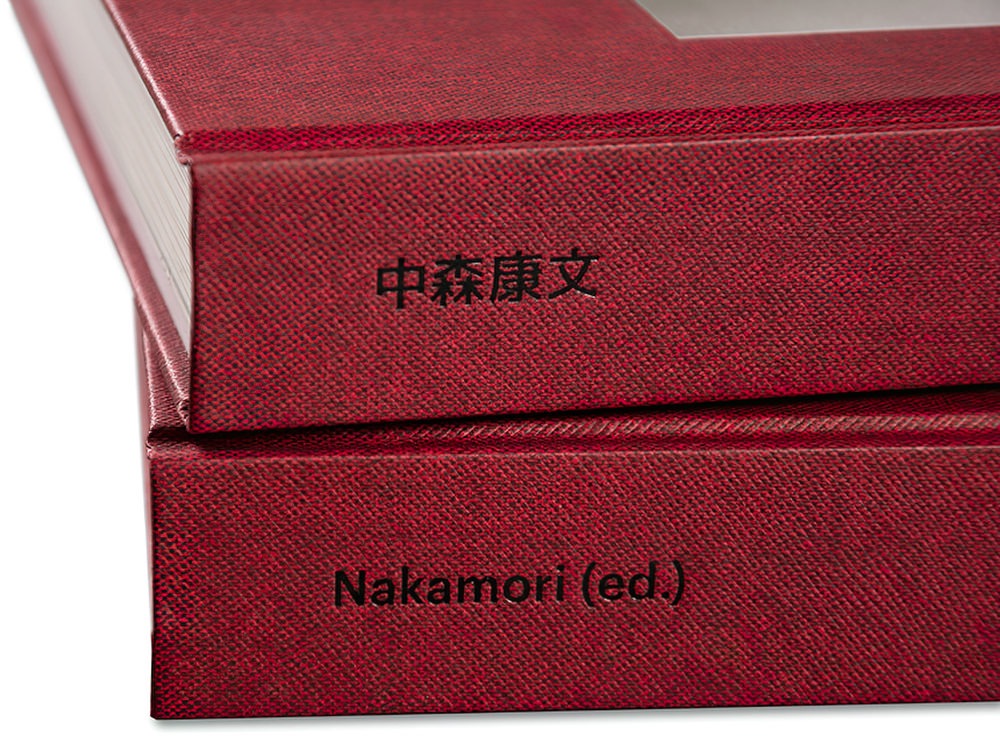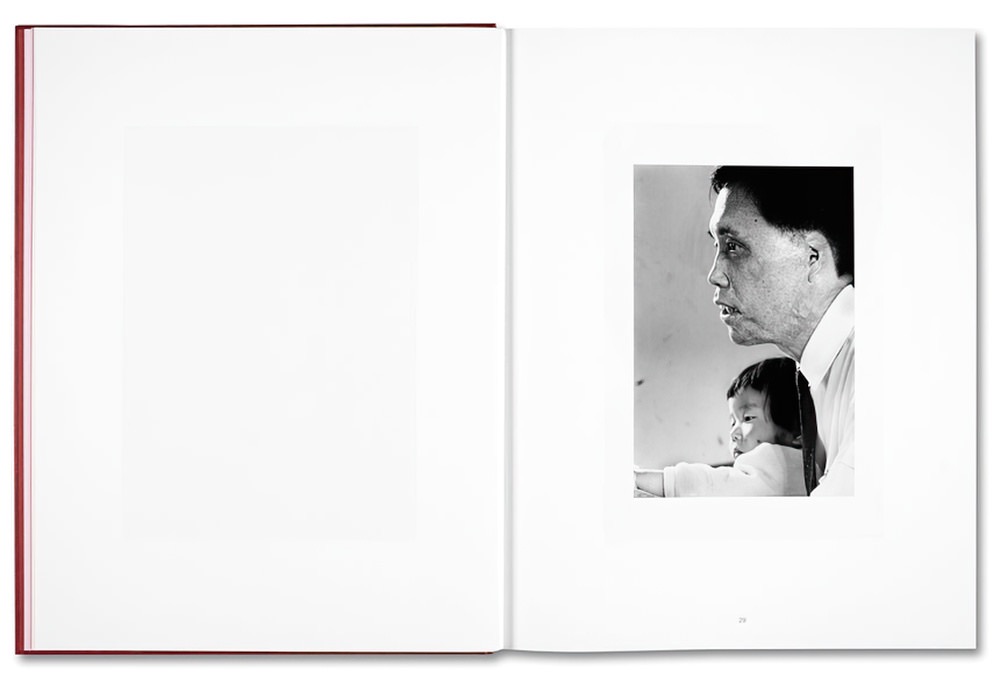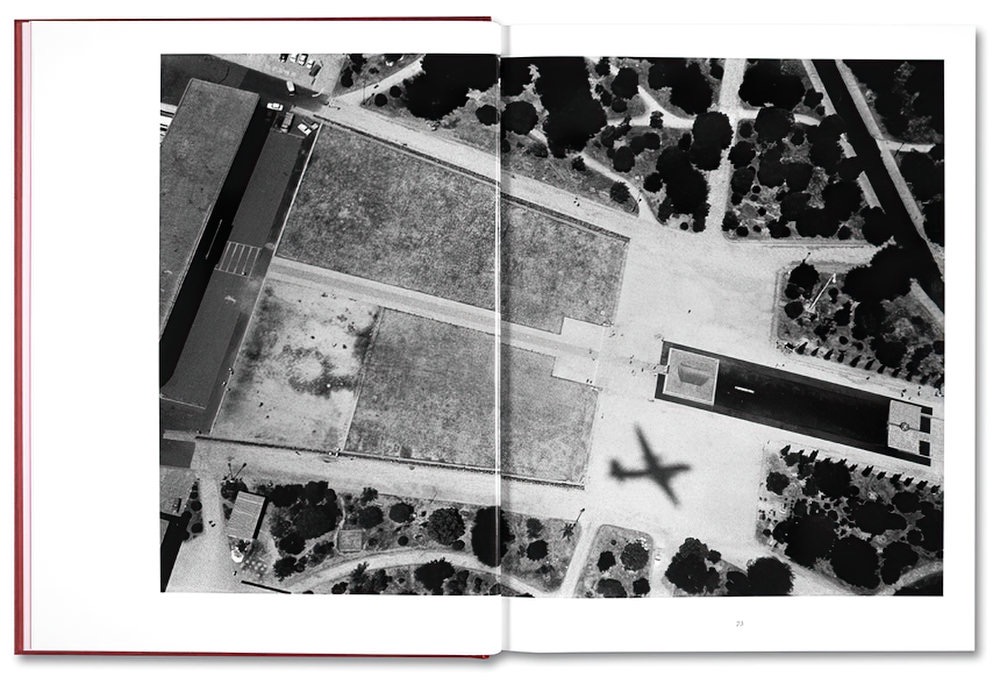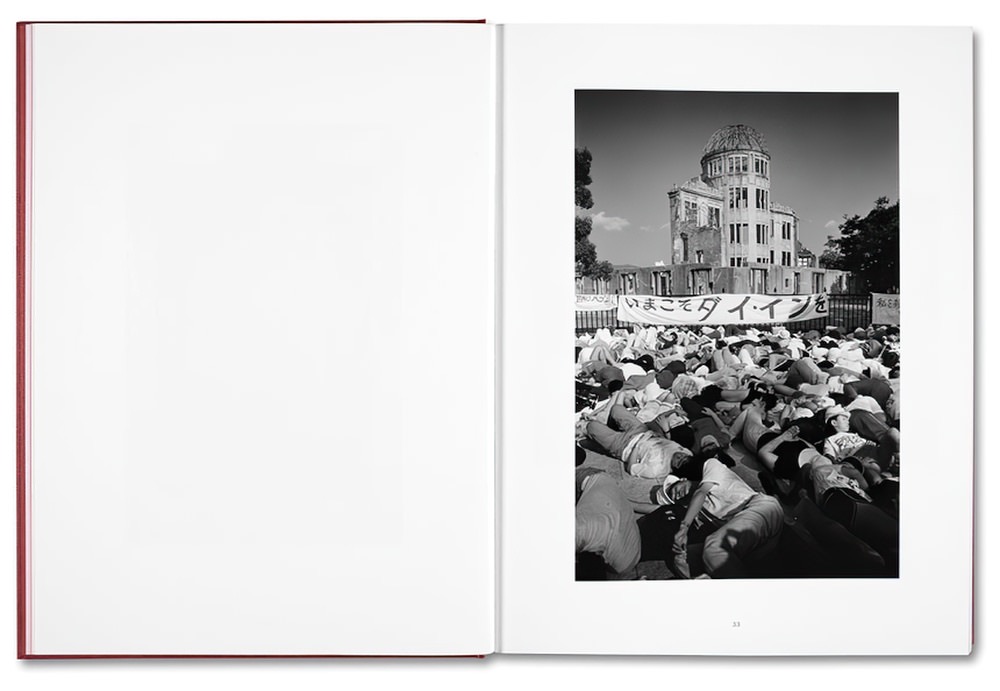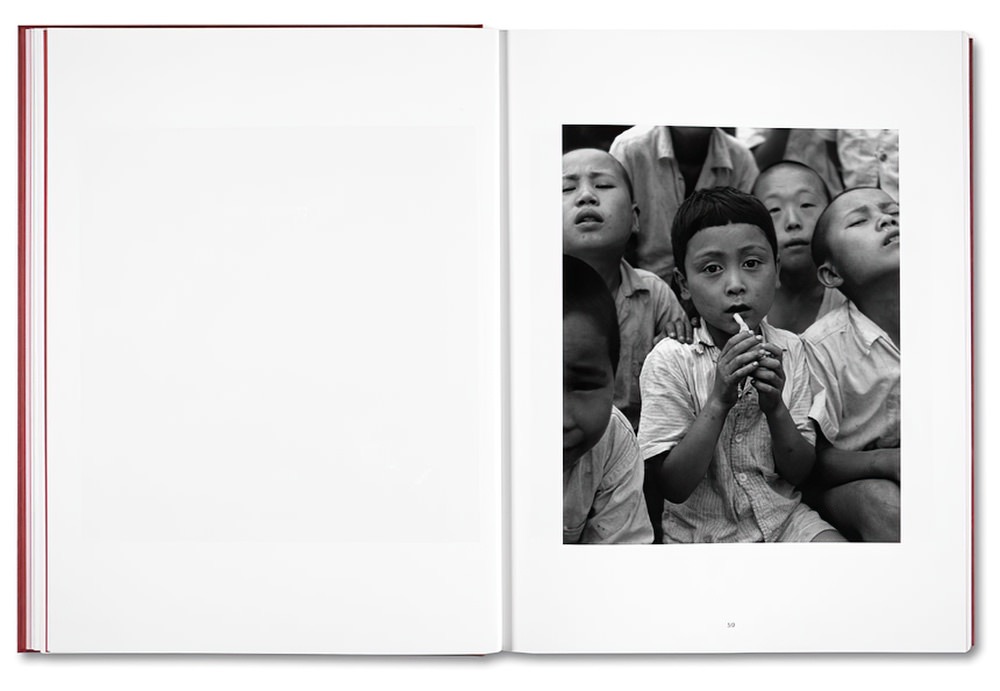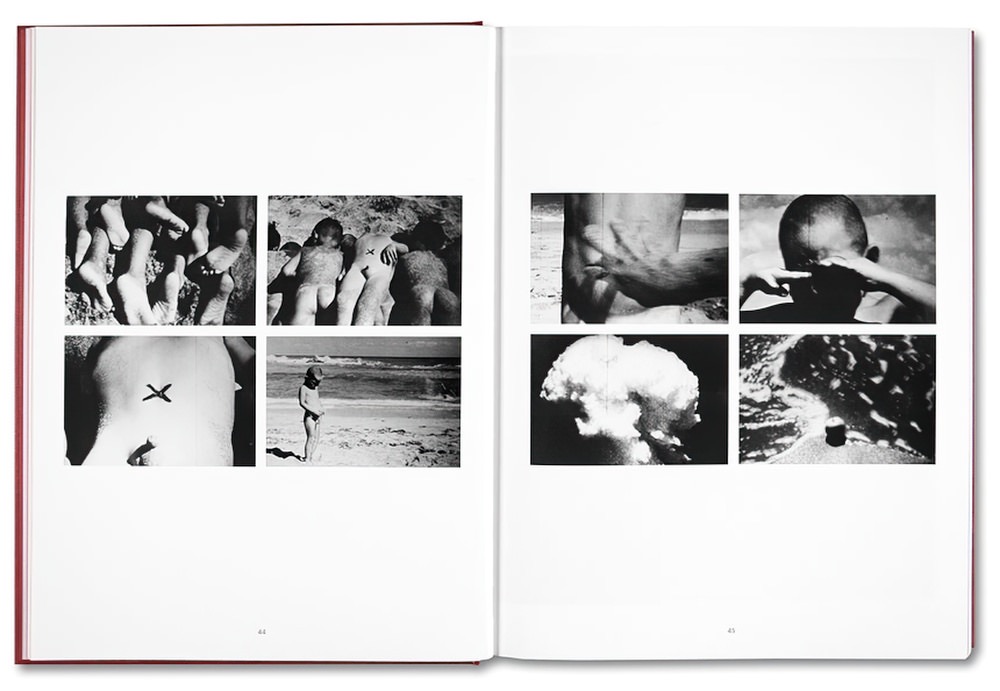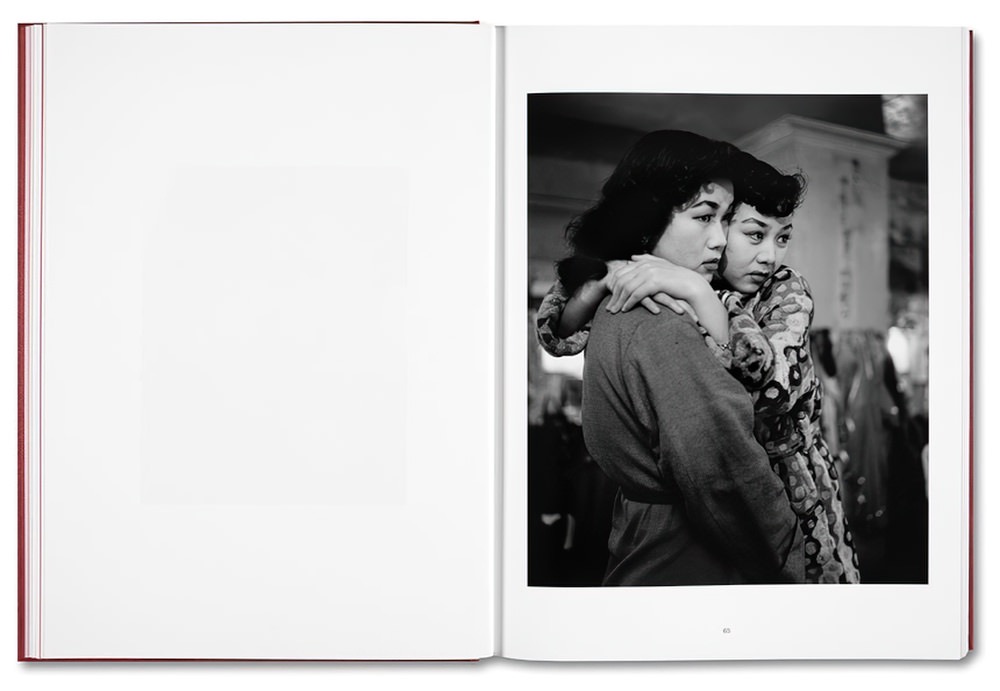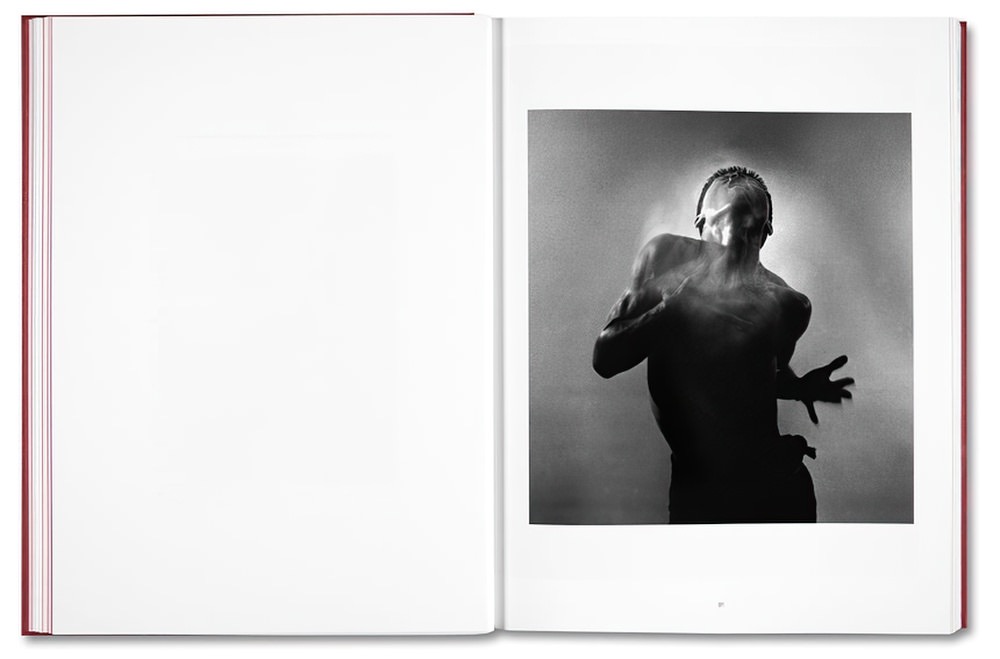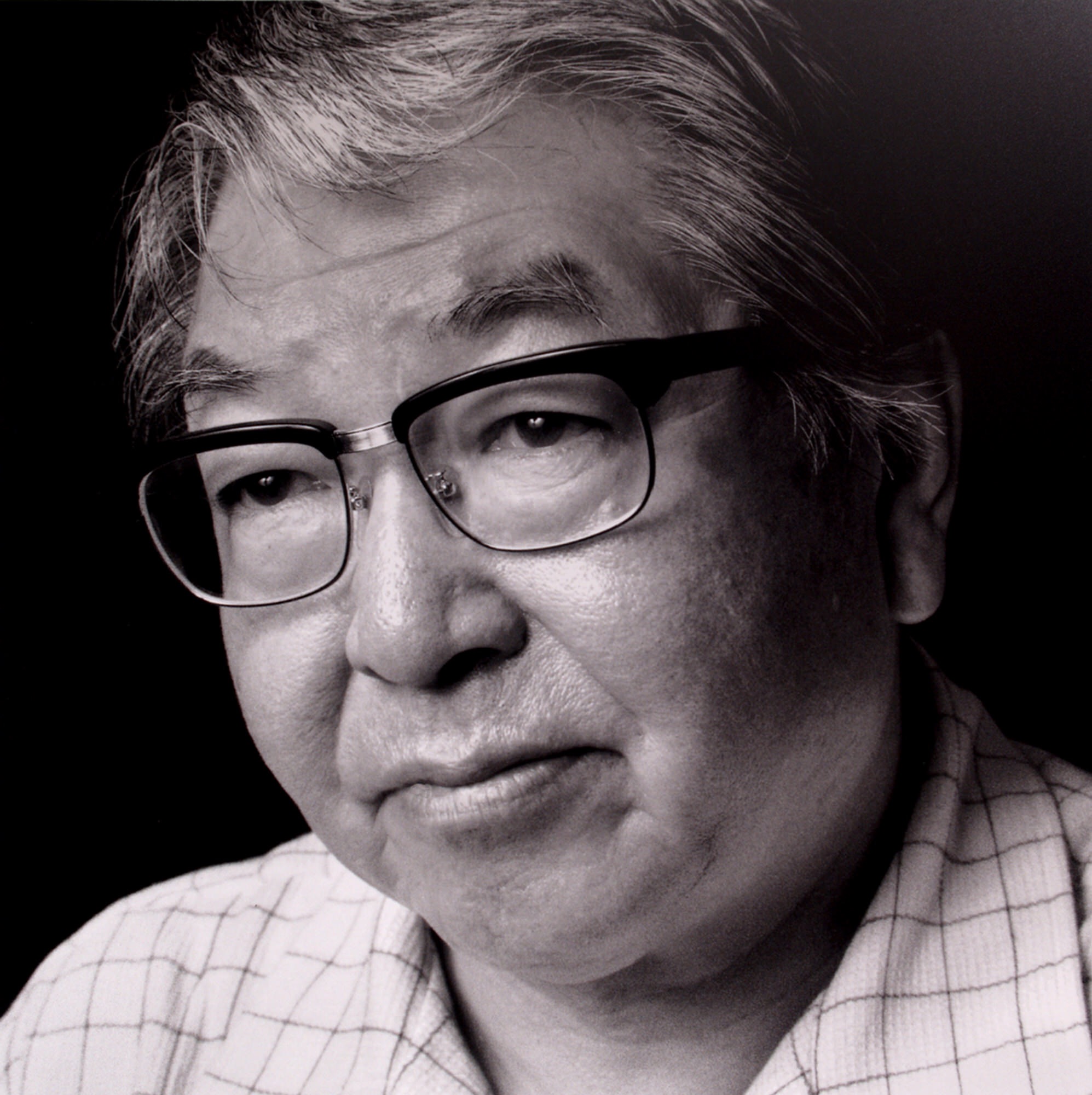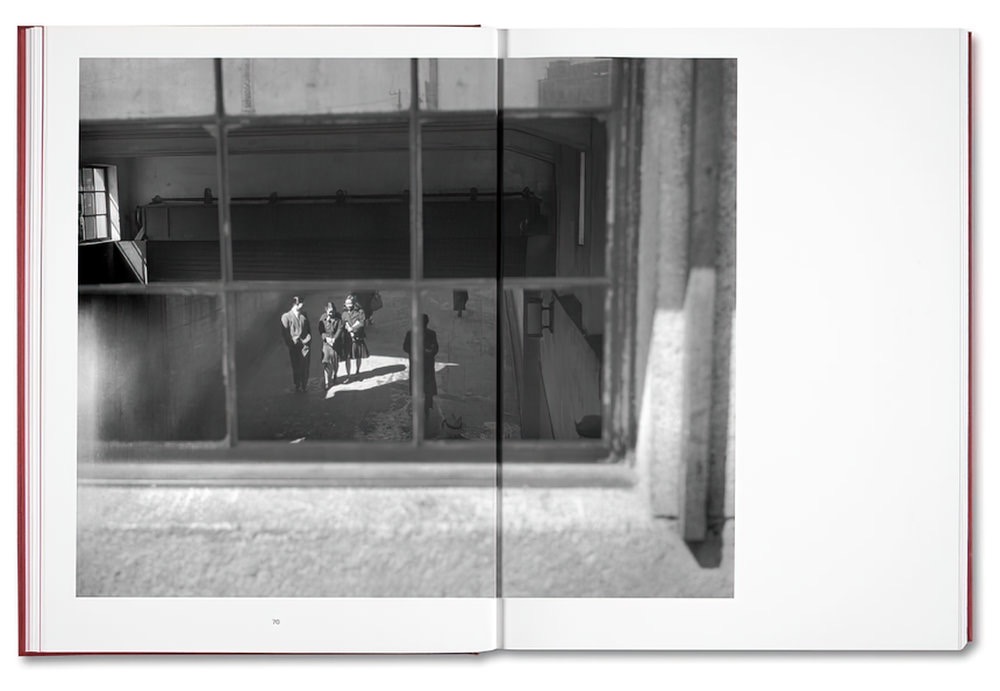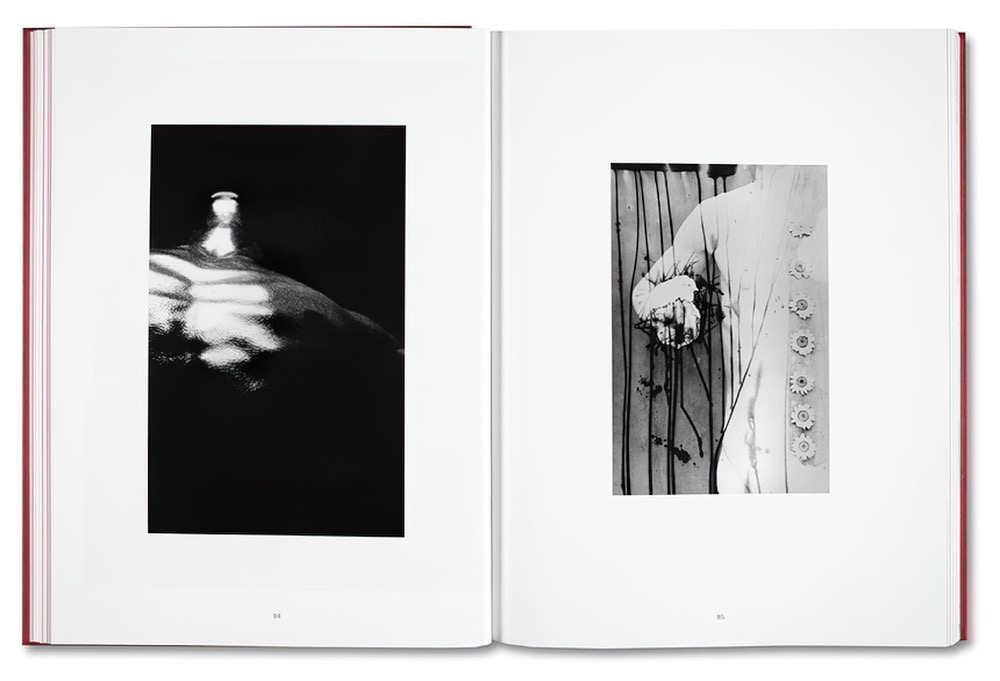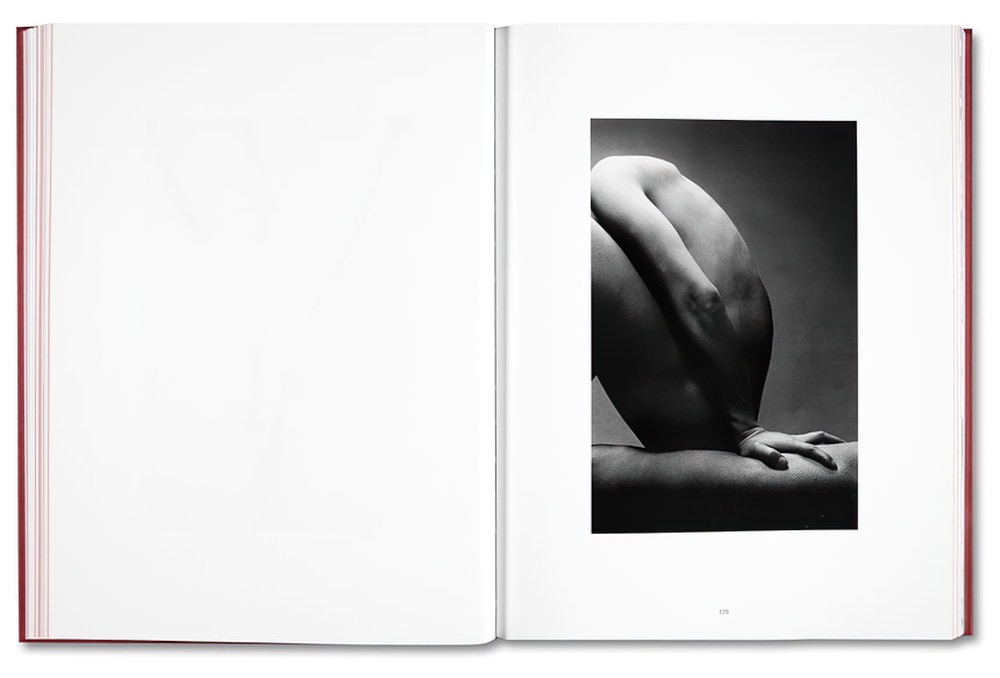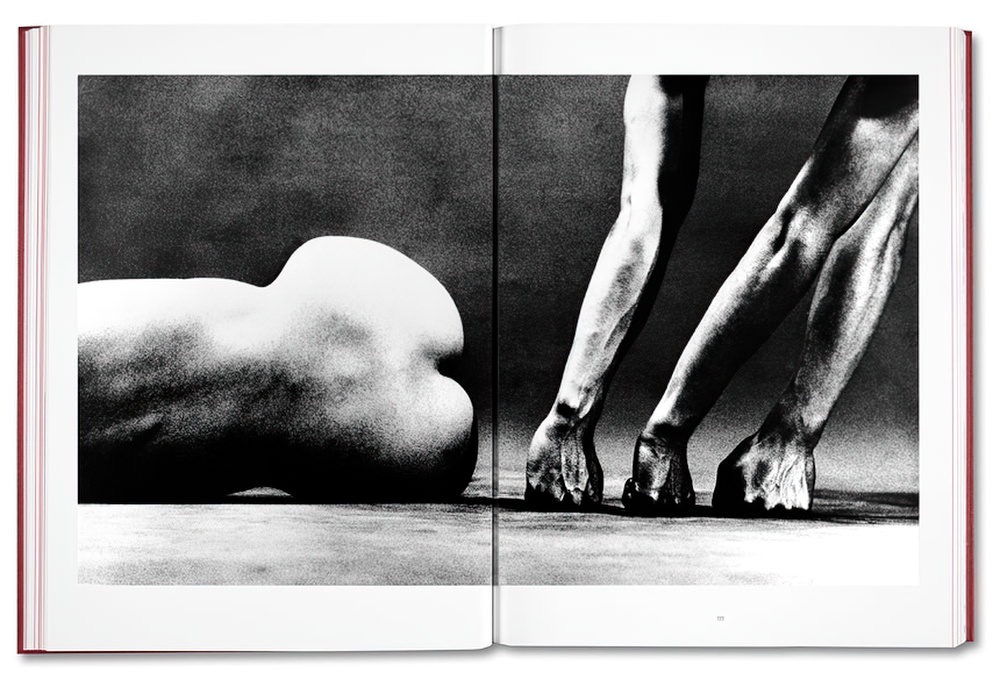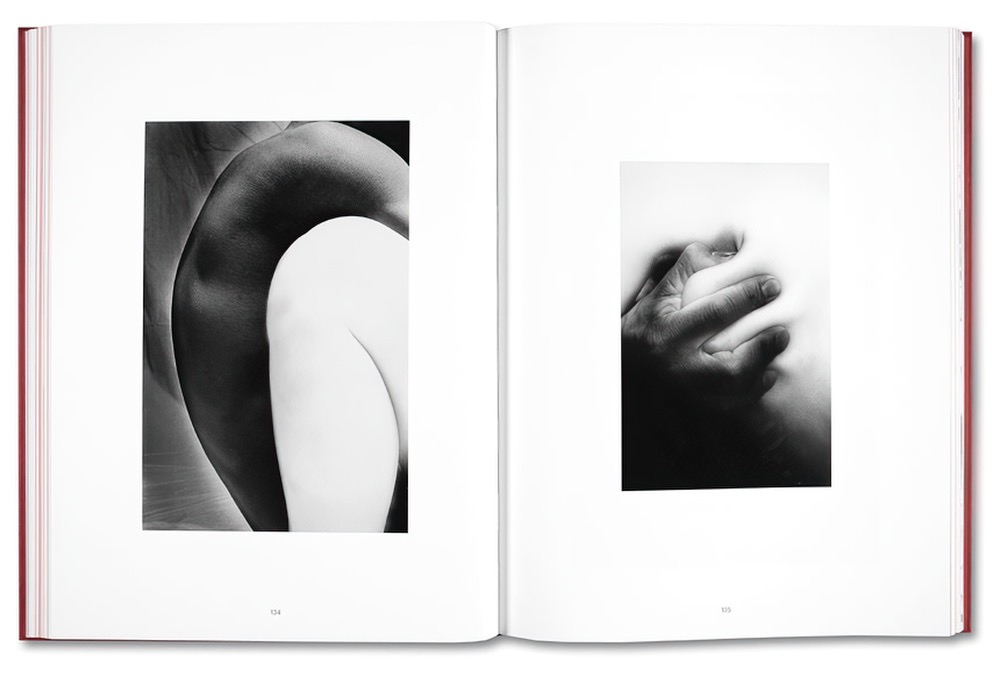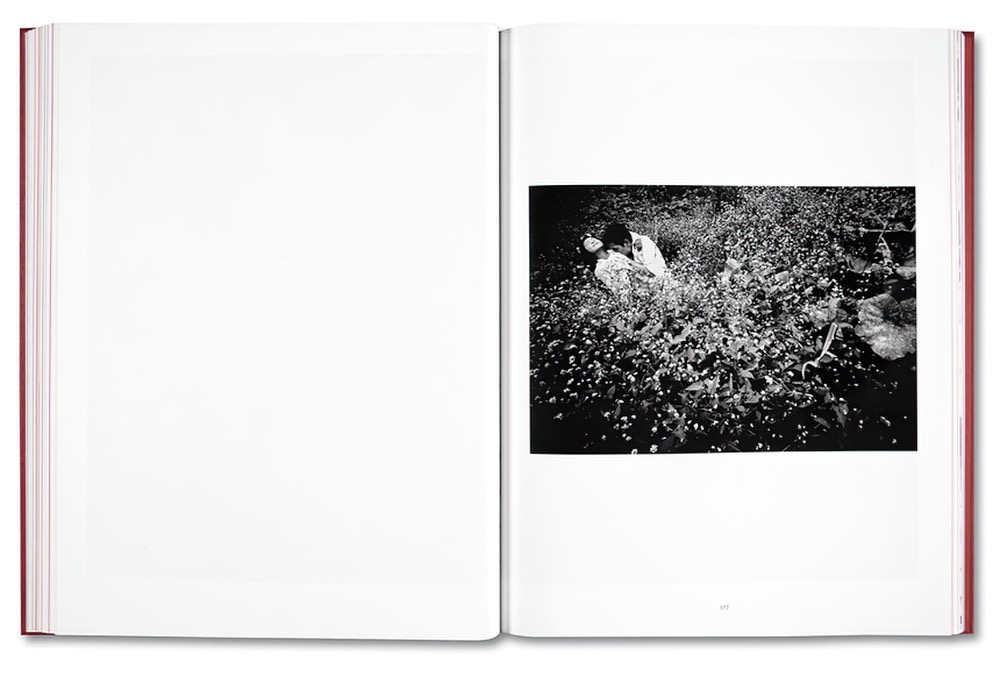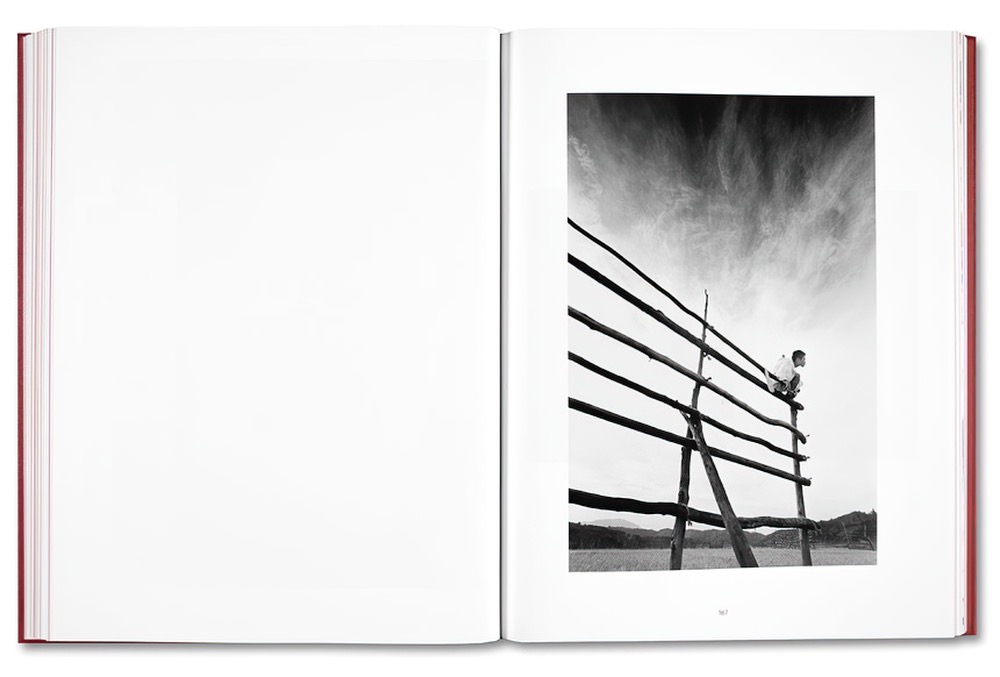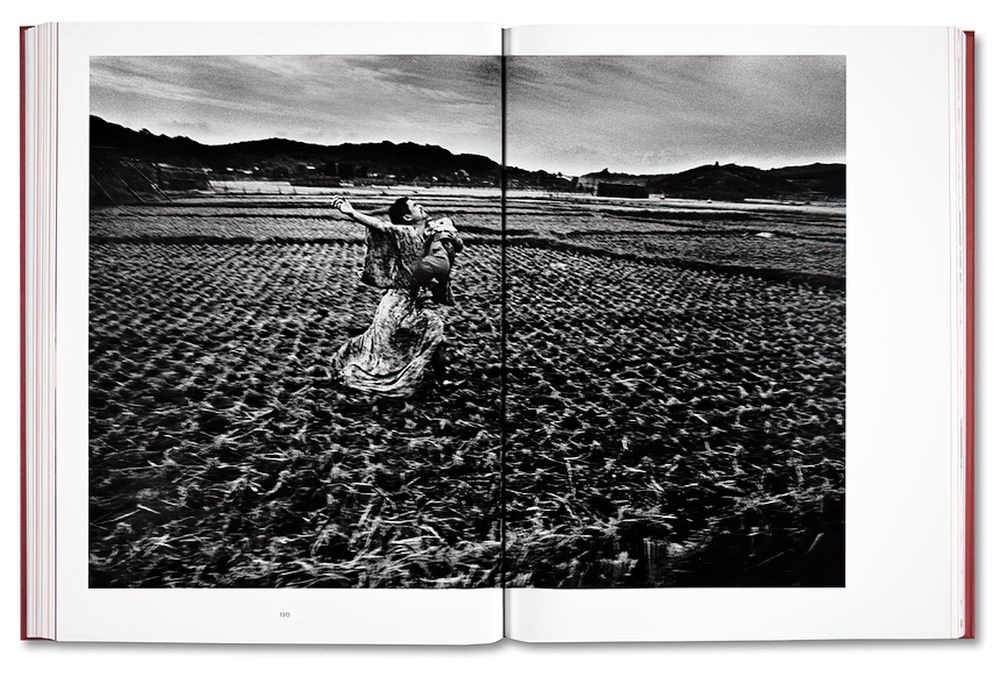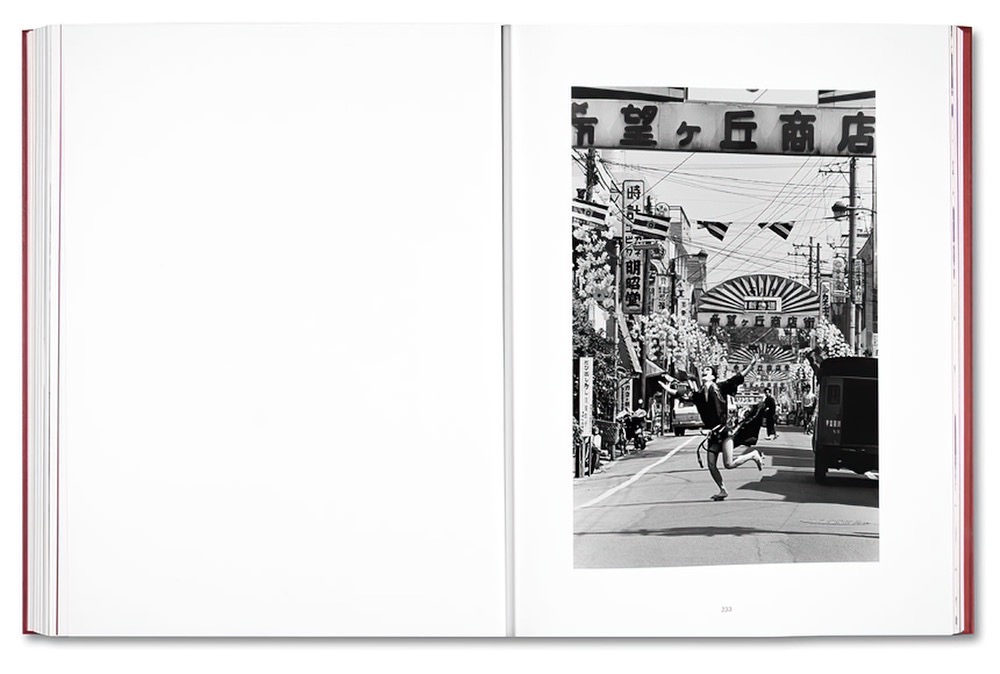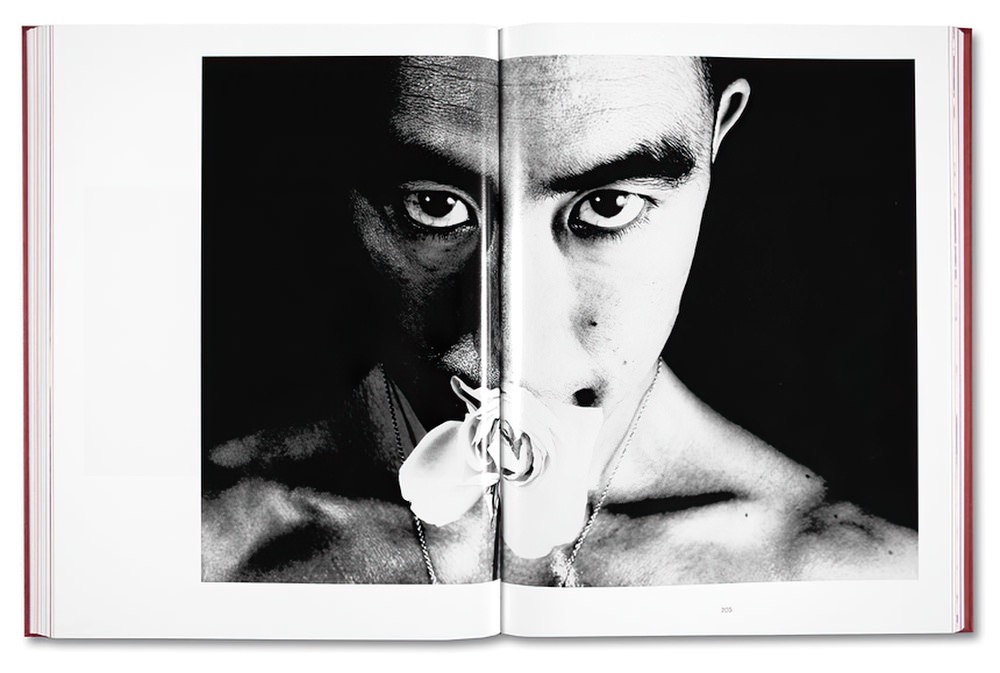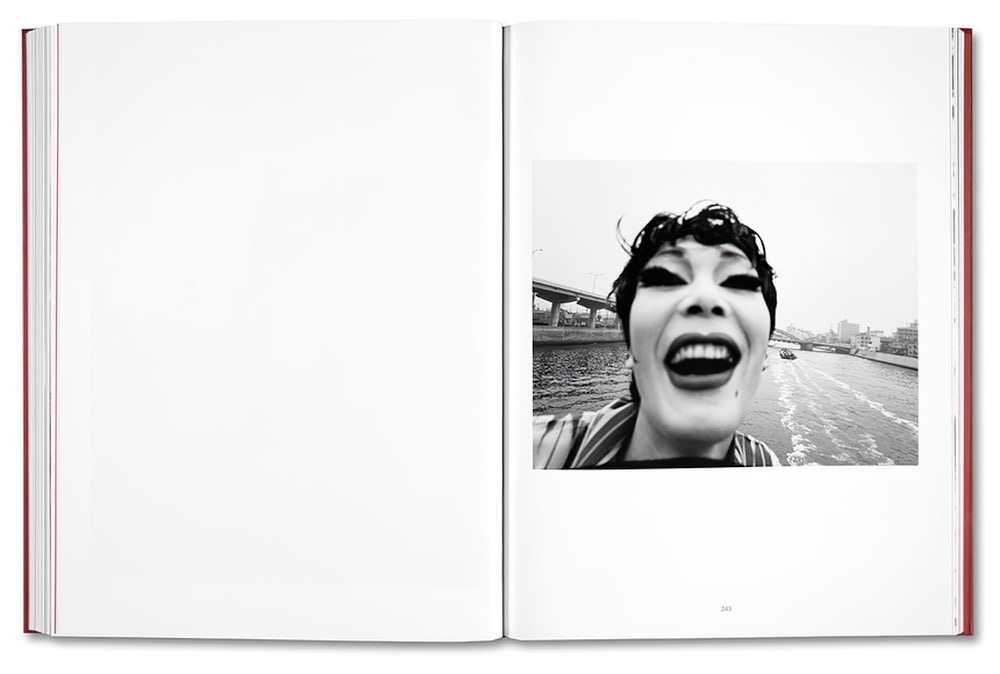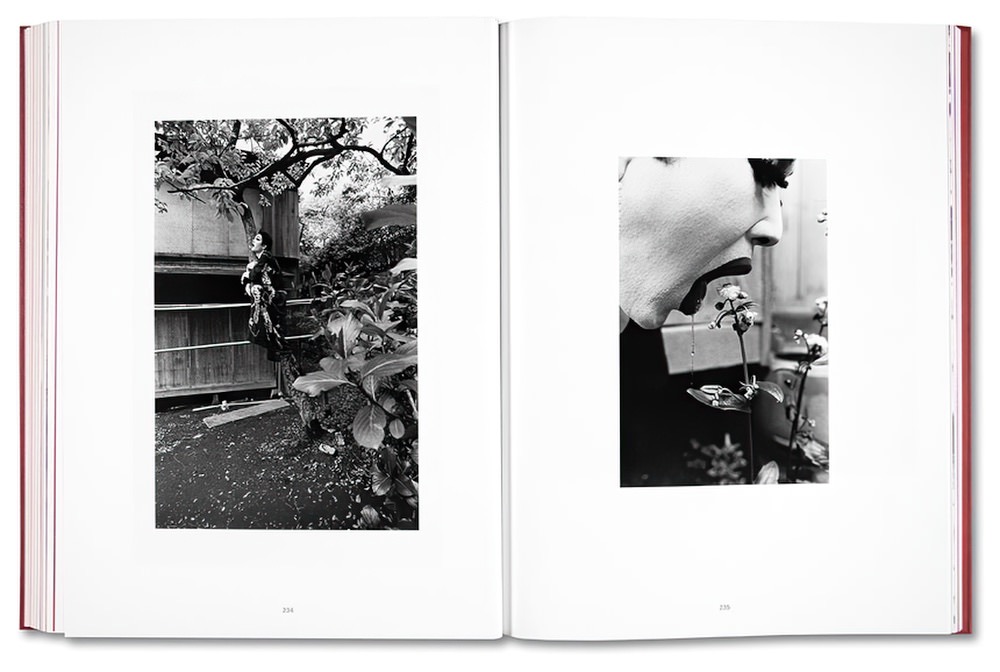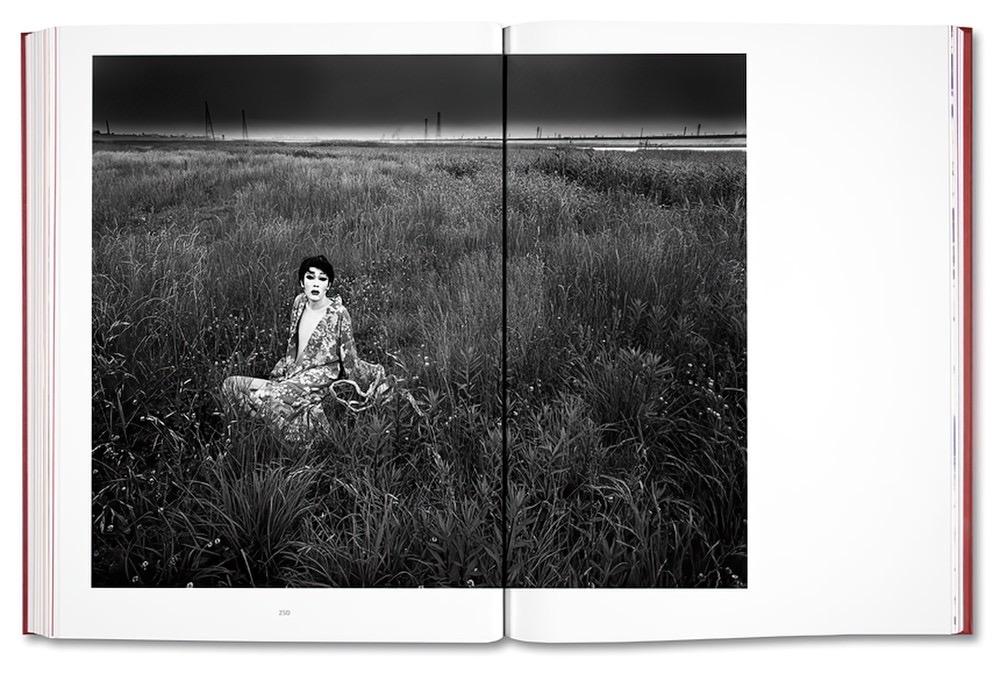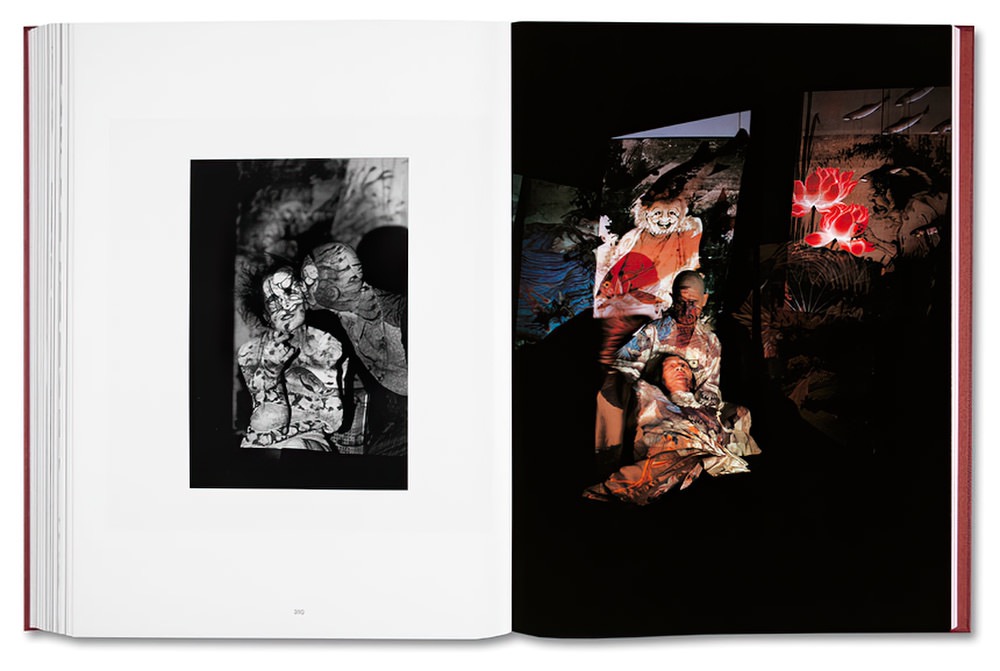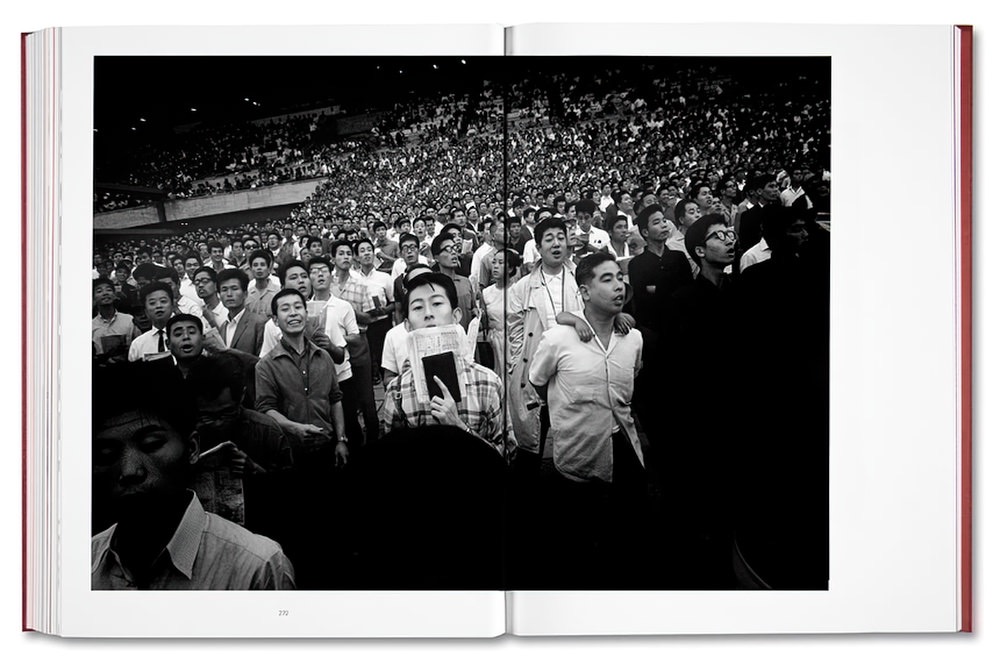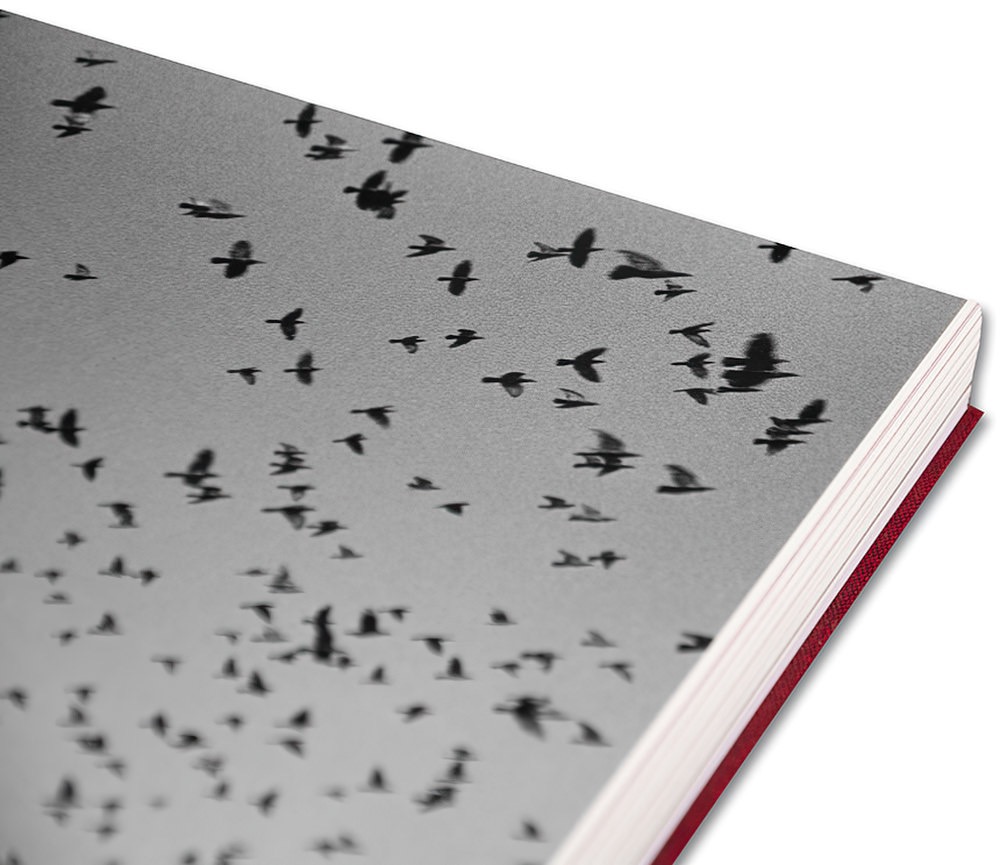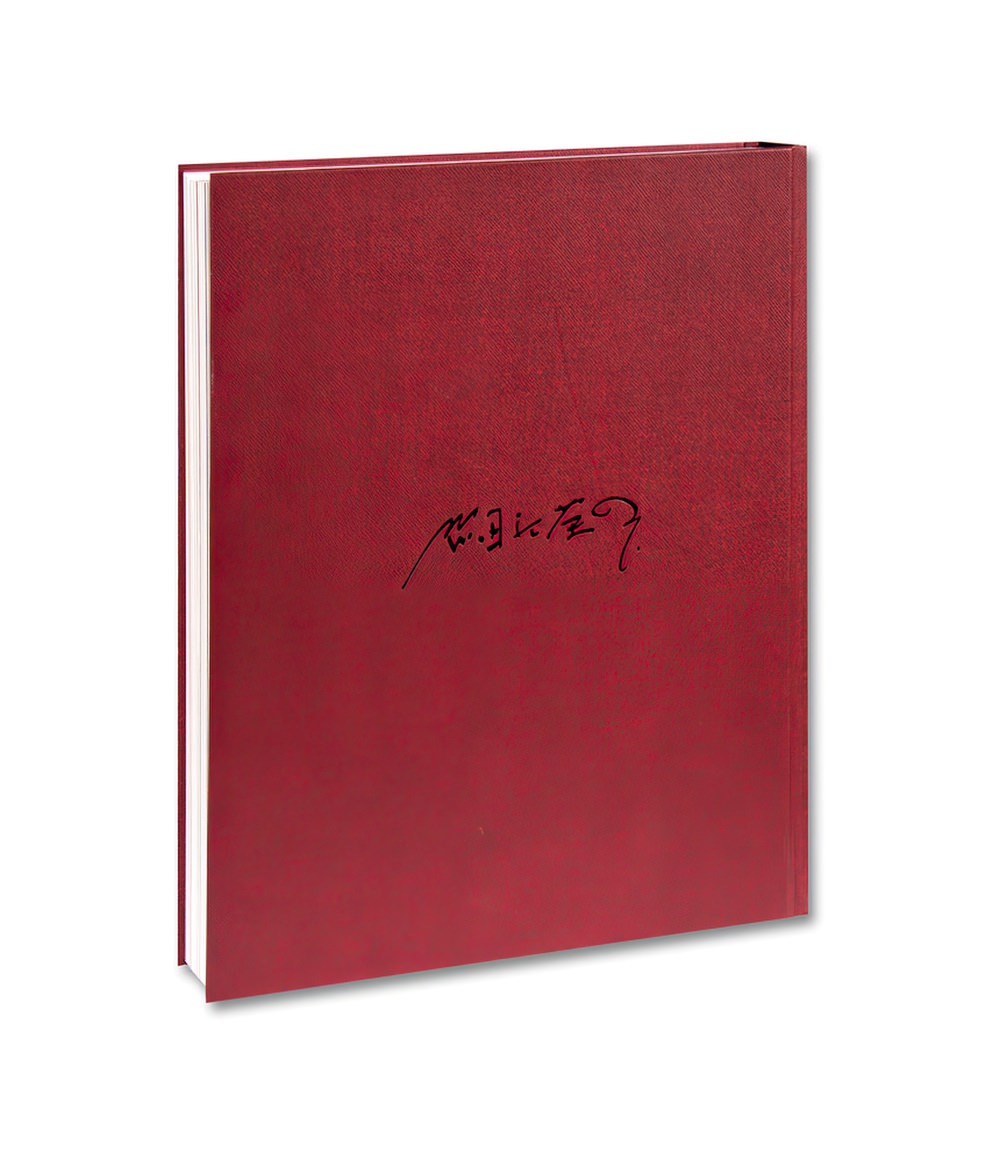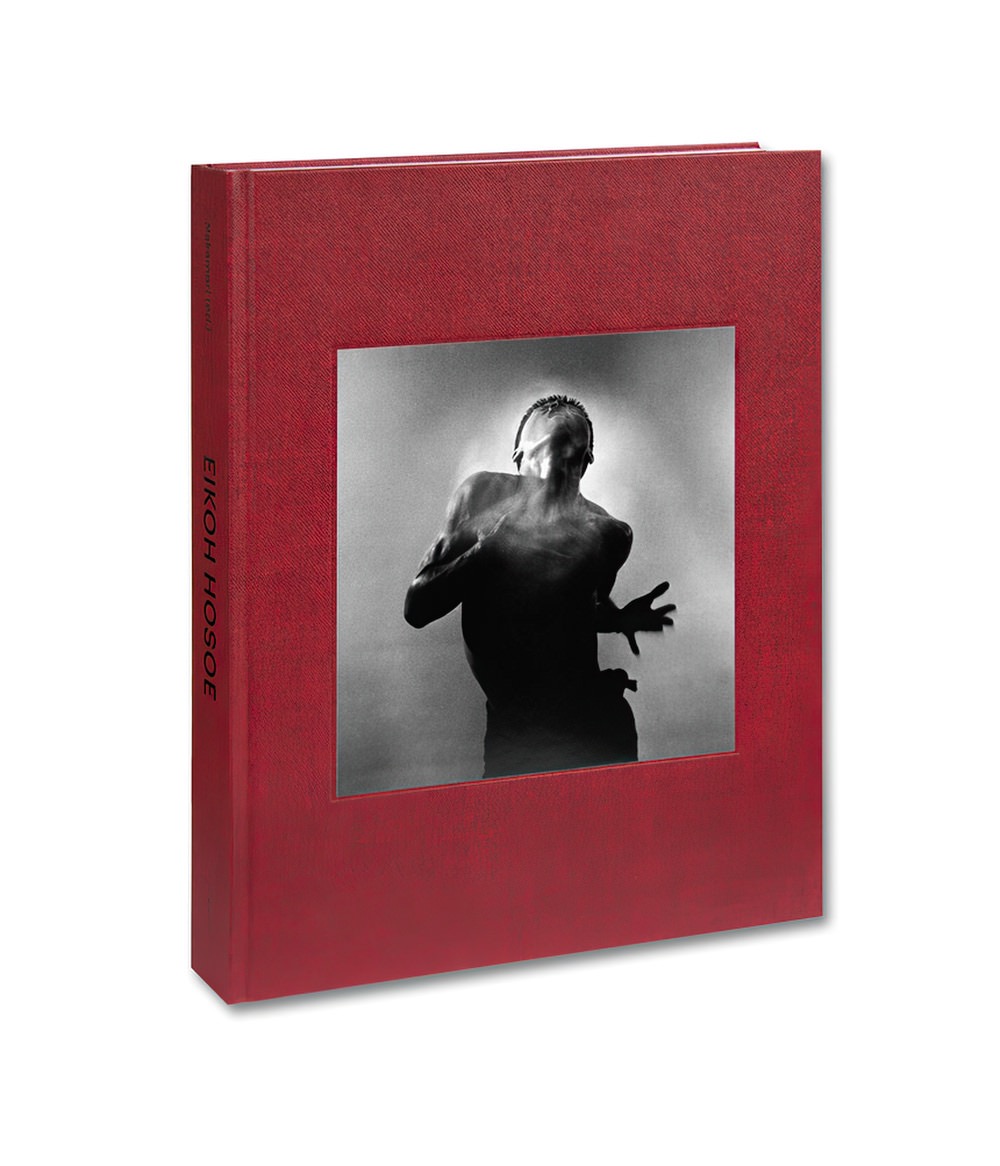Eikoh Hosoe by Yasufumi Nakamori
A monograph edited by Yasufumi Nakamori shows how Eikoh Hosoe’s teaching and photographs imposed an offbeat vision of Japanese photography.
Eikoh Hosoe is one of the most influential Japanese photographers in the history of the medium. This comprehensive volume will be the primary resource on Hosoe’s oeuvre, edited, designed, and produced under the artist’s direction and with the collaboration of internationally renowned curator and scholar Yasufumi Nakamori.
Since the mid-1950s, Eikoh Hosoe has been at the forefront of photographic practice in Japan: as an image-maker encompassing a broad range of subjects; a curator introducing works of master European and American photographers to Japan in 1968; a teacher informing the careers of numerous distinguished photographers, such as Daido Moriyama. He co-established an influential lens-based art journal, co-founded the photographic cooperative Vivo and later the progressive Photography Workshop, created a university education curriculum and photography collection, and exhibited and published numerous books and catalogs of his own photographs in Japan. In the process, he pioneered the establishment of postwar Japanese photography, rescuing the medium from the pre-existing modes of documentary and realism and positioning it at a new nexus of art, literature, performance, and film.
This career-defining publication not only features Hosoe’s major photographic series but also reveals his lesser-known collaborative works with writers, critics, dancers, and artists, including Yayoi Kusama, in portraiture and beyond. Additionally, the volume includes two newly-commissioned essays offering new perspectives on Hosoe’s oeuvre, alongside reprints of a selection of previously-published seminal essays on Hosoe by a range of Japanese writers, including the novelist Yukio Mishima and the art critic Shuzo Takiguchi. As well as serving as a survey of Hosoe’s work, this book uncovers the essential protagonists of Japanese art, photography, dance, and literature across the post-1945 era.
About the Author
Eikoh Hosoe (b. 1933) is a contemporary Japanese photographer who explores macabre aspects of human psychology. Often depicting seppuku fantasies and erotic images of the male body, his models included the famed author Yukio Mishima.
To me photography can be simultaneously both a record and a mirror or window of self-expression,” the artist said. “The camera is generally assumed to be unable to depict that which is not visible to the eye and yet, the photographer who wields it well can depict what lies unseen in his memory.” Born on March 18, 1933 in Yamagata Prefecture, Japan, he grew up amidst the devastation wrought by World War II. Hosoe went on to study at the Tokyo College of Photography where he met the avant-garde artist Ei-Q. In 1969, Hosoe’s most acclaimed series of photographs was published in his book Kamaitachi.
The subject of the book references a folktale about a supernatural weasel which slices off human skin with sickle-like claws and teeth. In 2010, Hosoe was awarded the title of Japanese Person of Cultural Merit. He currently lives and works in Tokyo, Japan. Today, his photographs are held in the collections of The Museum of Modern Art in New York, the Stedelijk Museum in Amsterdam, and the Victoria and Albert Museum in London. (via Artnet.com)
